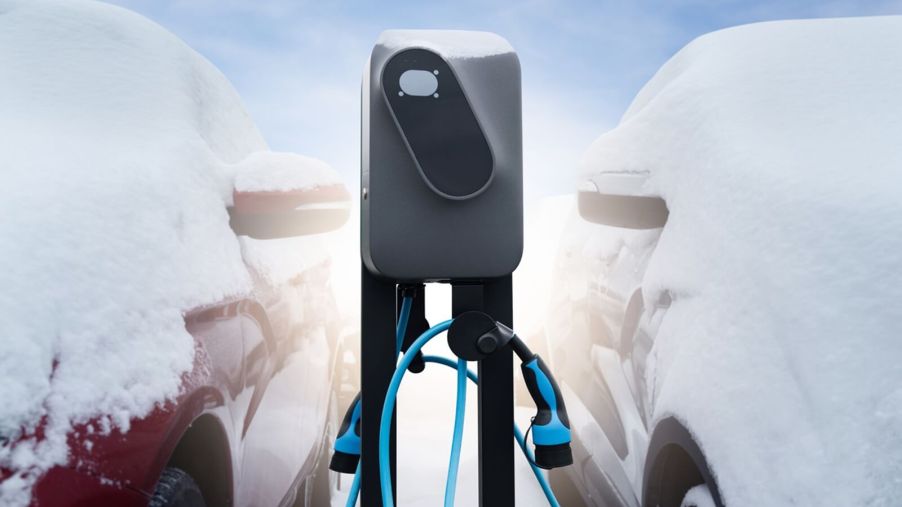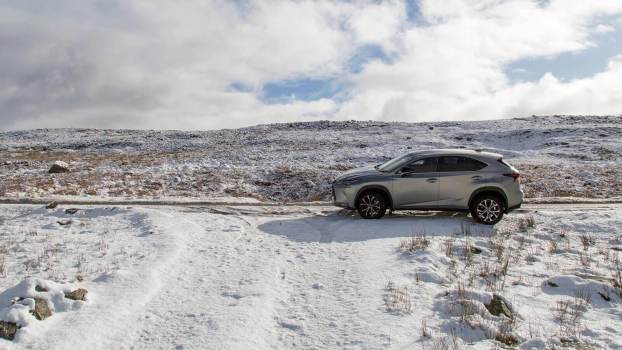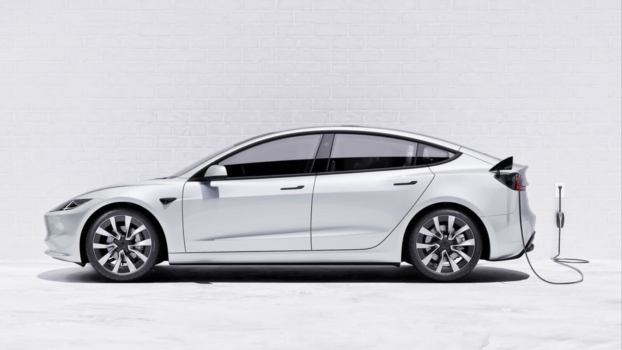
Worried About Your Electric Car in Cold Weather? Use These Tips To Stay On the Road
Freezing temperatures have their dangers and inconveniences. However, the cold weather has it out for electric cars, sapping a sizable percent of an EV’s available range. Still, EV owners aren’t marooned to their homes when temperatures drop. Instead, they can observe some tips to stay on top of freezing weather.
Cold weather will rob your electric car of vital driving range

Temperatures of 20 degrees Fahrenheit can decrease your EV’s single-charge range (with the heater on) by as much as 41%, per AAA. With no climate control, the figure is a much more manageable 12% decrease in range. Still, who wants to bundle up for a winter survival exercise every time they drive their EV?
As such, electric car owners have to plan ahead to make sure they can handle their commutes and errands in cold weather. 59% of a Tesla Model 3 Long Range’s EPA-estimated 341-mile driving range may be enough to handle urban commuting. However, a new FIAT 500e could drop its range to just 88 miles in the cold with the heater on. Hardly enough to handle long commutes.
Use these tips to save your electric car from disaster in cold weather
All isn’t lost for EV owners. By observing best practices for driving an electric car in cold weather, owners can stay one step ahead of Old Man Winter.
- Pre-warm or “precondition” your vehicle
- Watch your speed
- Use heated seats and/or heated steering wheels rather than a high heater setting
- Supplement your commute with public transit
- Park in a garage when possible
For starters, vehicle owners can precondition their vehicle for driving while connected to a charger, per Consumer Reports. As a result, your EV will use power from a charger to pre-heat the vehicle, cutting down on battery use. Better yet, many EV manufacturers have scheduling features to set a time for preconditioning.
Driving at reasonable speeds will cut down on the amount of battery power necessary to commute. As such, drivers need to mind their speed, especially how abruptly they accelerate and brake.
In addition to preconditioning and minding your speed, you can use your heated accessories to stay warm without over-taxing your battery with climate control. For instance, the heated seats and heated steering wheel in late-model EVs can keep your trunk and extremities warm without putting too much burden on your battery.
Many EV owners live in cities and metro areas. Consequently, they have access to mass transit services like light rail and bus networks. Supplementing your weekly commuting strategy with mass transit can reduce your range anxiety and break the monotony.
Finally, even an uninsulated garage can be 10 to 18 degrees Fahrenheit warmer than outside temperatures. As such, your EV could be sitting in temps closer to 38 degrees than the 20 degrees it would be exposed to in a street-parking situation. Of course, a garage isn’t always an option.
Source: Consumer Reports, AAA





